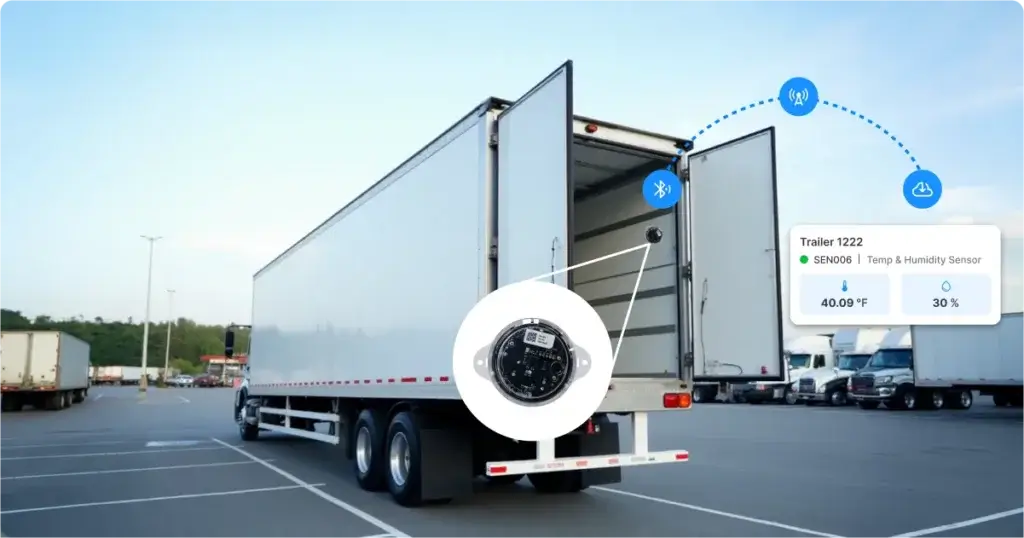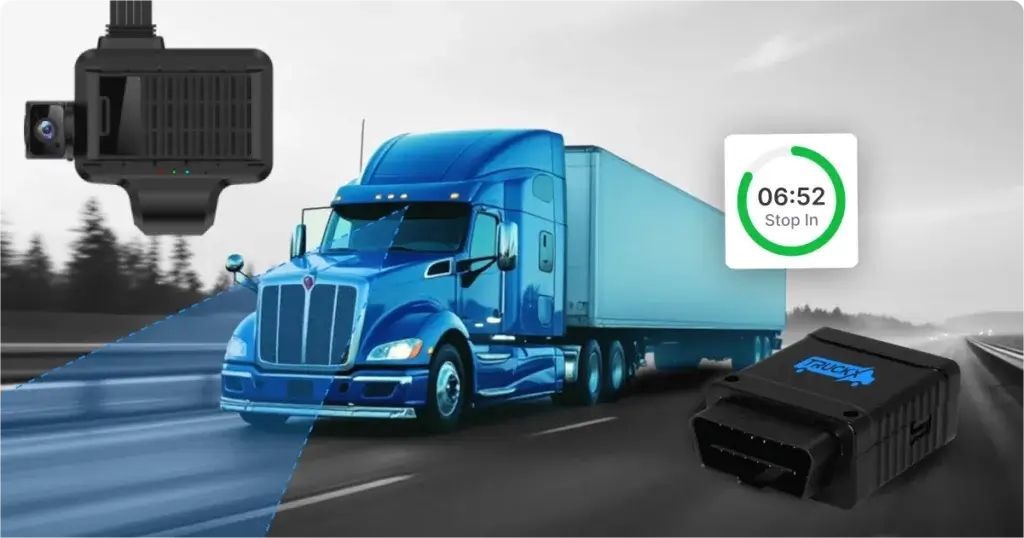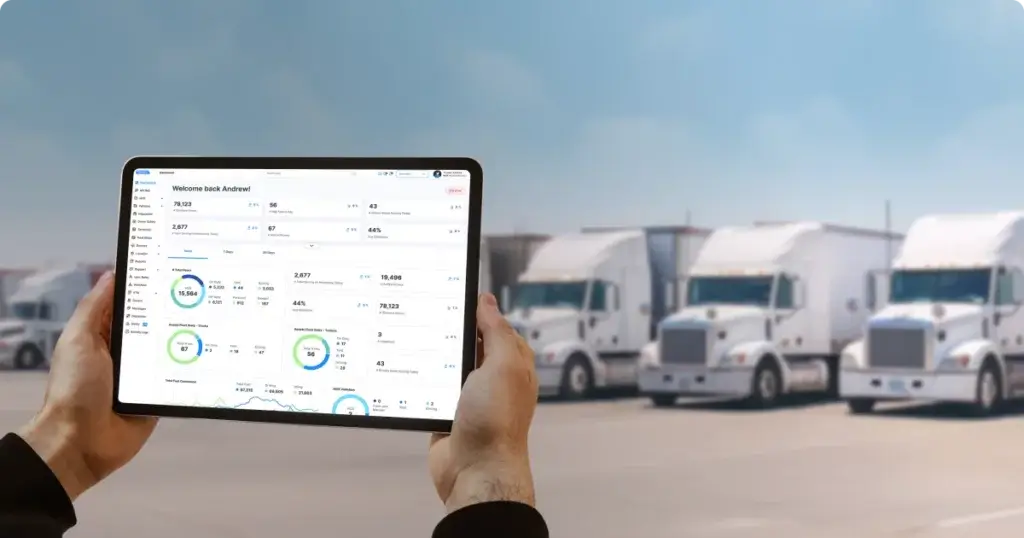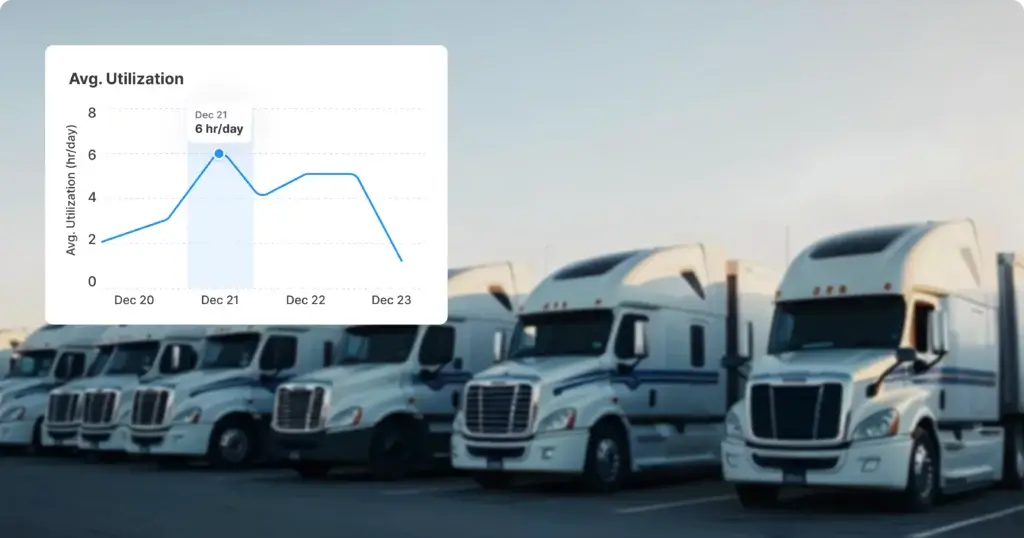The trucking industry in the United States carries over 10 billion tons of freight annually. Fleet managers and business owners need to assure the safe delivery of a vast volume of goods and assets to maintain an edge.
Several reasons contribute towards the damage to the goods, such as human negligence, faulty containers, moisture, contamination issues, theft, and pilferage, and likewise.
Technology has proven to be a boon to detect and avoid such risks. Smart asset tracking is one such technological advancement beneficial for Fleet Managers and business owners.

Set of Challenges
Stress and Fatigue to the Drivers
A prominent challenge with long-haul trucking is the greater stress and fatigue drivers feel. Drivers need to stay away from their homes for much longer and that takes a toll on their emotional and mental wellbeing. Driving for long periods also causes a negative impact on the physical and mental health of the drivers over time. Driving requires utmost focus at all times; however, longer driving periods without proper sleep and rest can also increase the probability of accidents. Boredom is another factor that often emerges in long-haul trucking. Driving continuously for longer periods can cause boredom and the driver may then find it difficult to focus on the road.
Truck Maintenance and Wear and Tear
Over longer drives, there’s more wear and tear, even as there is greater dependence on the condition of the truck. If it is not in peak condition, the performance could deteriorate over the course of the trip increasing driver effort and frustration as well as fuel costs. If the maintenance plans are not created meticulously, there could be damage to the truck over long trips that could prove expensive and time-consuming to fix later in the lifecycle. Of course, on longer trips, if the truck breaks down, it’s potentially harder to get support to the driver, increasing the chances of being stranded. This increases the risk to the driver as well as to the goods being transporte
Damage to the Products
Trucking companies transport a wide range of goods and materials from one place to another over extended trips. The required conditions for these materials vary widely. For example, dairy products need to have the temperature strictly controlled to prevent damage. Similarly, the temperature and humidity conditions are defined for many other materials too. In long-haul trucking, there are higher chances of the transported goods getting damaged due to the lack of proper conditions. Over these long distances, the storage equipment may turn faulty or there may be issues due to trips getting extended due to on-road conditions or driver behavior. Such problems can cause significant damage. There’s also the linked issue of customer satisfaction. Over longer distances, it’s harder to keep the customer informed about the location and condition of their in-transit goods. This creates dissonance and customer satisfaction problems.
Higher Fuel Costs
To cover longer distances, it is essential to spend significantly more on fuel. Over such long distances, it’s also easier for drivers to get lost or follow an incorrect route. This also adds to the overall trip time frame and also the fuel costs. That ultimately increases the overall trucking costs.
Solutions with Technology
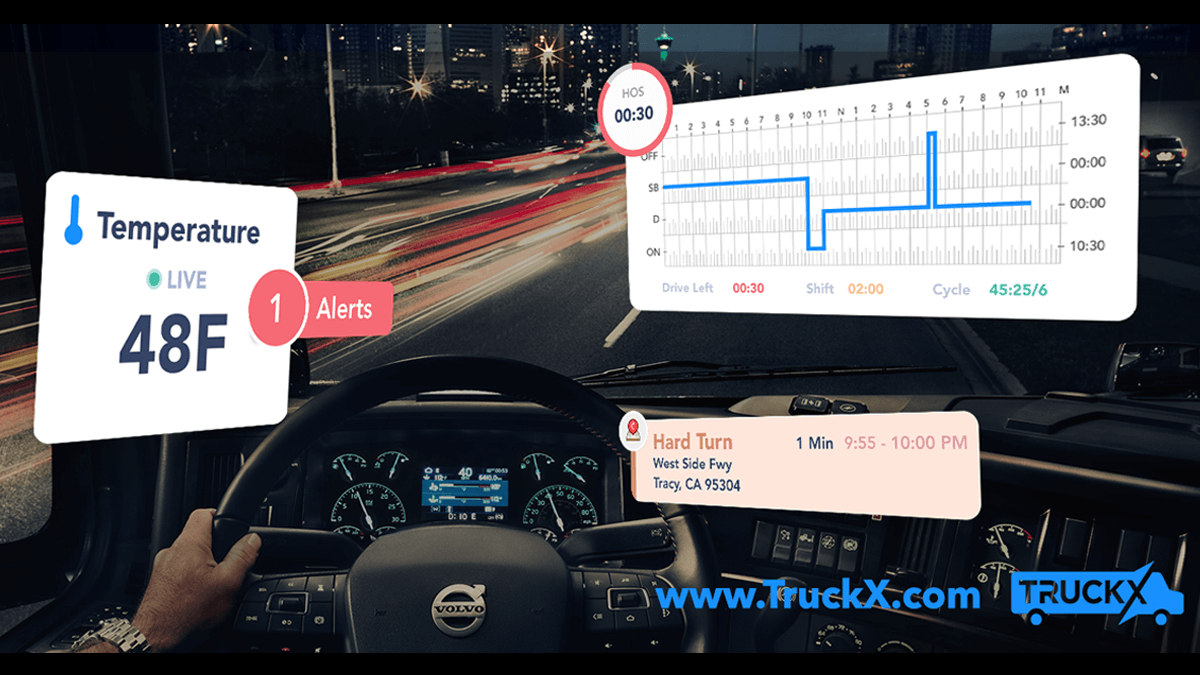
Technological advancements can help small and large trucking companies deal with many of these challenges and concerns to some extent.
Sensors and Trackers
IoT sensors, for temperature, humidity, door, etc. can help ensure the maintenance of effective conditions for the goods being transported. These sensors can generate alerts if the door is left open accidentally or the temperature varies from defined limits.
Asset Trackers are also useful for trucking companies to have a real-time sense of the assets they have available, their utilization, maintenance status, and location. Smart asset trackers, both solar-powered and wired can help trucking companies deploy assets smartly for jobs based on their location and condition. They can also help trucking companies know the real-time location of reefers and containers. Fleet managers can also use the location details from these trackers to update the customers and maintain their engagement levels.
Dashcams for Safety & Cost Savings
Cloud-based dashcams are also beneficial for dealing with some of the challenges of long-haul trucking. These can be useful in constantly interacting with the drivers and instructing them on the best practices to follow. This helps encourage safer and more effective driver behavior. Dual-dashcams can also provide real-time recordings of the road conditions to guide the drivers on road conditions. Dashcams in combination with the asset trackers can be effective in defining the best possible route to maintain fuel and cost-efficiency.
Electronic Logging Device (ELD)

It is the responsibility of the trucking company owners to take care of the health and wellbeing of their drivers to improve road safety. This is the underlying logic behind the ELD mandate that’s been in place for the last couple of years now. Electronic logging devices can be effective in keeping a check on the stress and fatigue levels of the drivers by enforcing safer driving conditions over long hauls.



